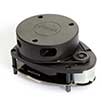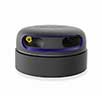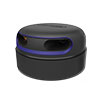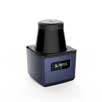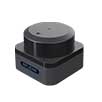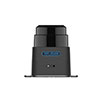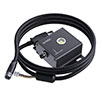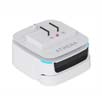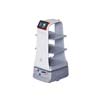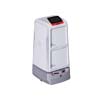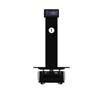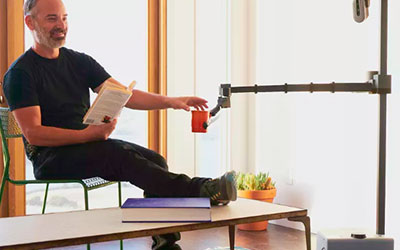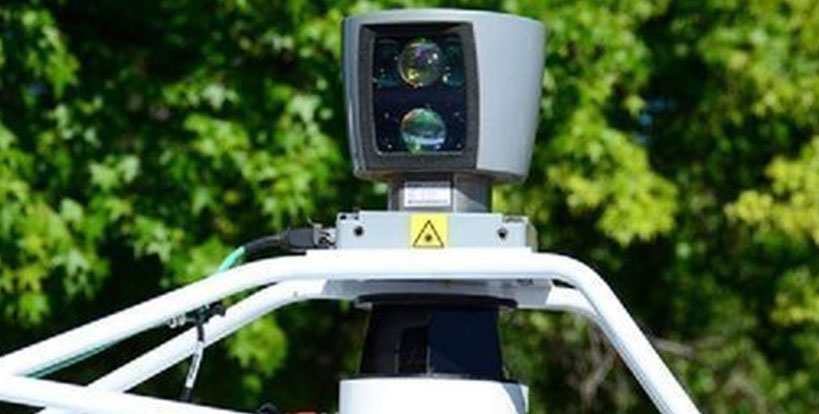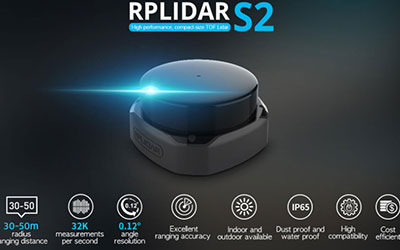In recent years, the rapid advancement of low-speed unmanned driving applications in specific scenarios has been observed. The maturity of lidar, serving as a core sensor, is crucial for the practical implementation of low-speed unmanned driving. Moreover, compared to radar products used in autonomous vehicles, lidar products have higher requirements for detecting environmental details.

In the service robot market, the working environment is much more complex compared to that of automobiles. It requires consideration of a wider range and complexity of environmental factors, necessitating higher precision and resolution from lidar sensors. Responses to these factors also need to be faster, requiring lidars to be “smarter.” So, how can lidar quickly capture environmental details? The RPLIDAR S2, introduced by Slamtec, provides an answer.
With a sampling frequency of 32,000Hz, the scanning is more precise.
When a robot uses lidar for ranging, a higher sampling frequency means obtaining more distance measurement data per second. This enables the generation of higher quality and more detailed point cloud maps, aiding the robot in better mapping and navigation.
After enhancing both software algorithms and internal hardware structures, the RPLIDAR S2 boasts a sampling frequency of 32kHz. While the numerical value might not provide a clear understanding, let’s directly compare it with a visual representation:

▲Comparison between 32k Sampling Frequency and 9.2k Sampling Frequency

The comparison results are evident: the point cloud map generated with a 32k sampling frequency is visibly clearer to the naked eye compared to that generated with a 9.2k sampling frequency. The robot relies on denser point clouds for autonomous obstacle avoidance and smooth navigation, making the higher sampling frequency crucial for its operation.
Outstanding ranging accuracy ensures that no details are missed.
To capture more details, higher ranging accuracy is essential. Some common issues, such as ignoring small objects due to their size or failing to detect objects with low reflectivity, cannot be addressed by conventional lidars. However, with the RPLIDAR S2, these issues are completely resolved. Let’s skip the chatter and dive straight into the visuals:

▲ Performance of S2 in measuring a black object at 15m distance

▲ S2 measures black and white objects without distinction

▲ S2 detection performance of small objects
Whether it’s small objects at a distance or hard-to-detect black objects, the point clouds captured by the S2 are clearly visible. This means that the robot can effectively detect details in its environment while navigating, thus avoiding collisions during its movement.
Strong Light Resistance and Robust Protection, Indoor and Outdoor Usability
During scanning and ranging, lidars encounter various obstacles. To operate both indoors and outdoors successfully, they must withstand interference from outdoor lighting and be protected against dust and water. The S2 not only functions effectively under sunlight of up to 80K lux outdoors but also boasts an IP65 protection rating. Therefore, the S2 is suitable for indoor service robot applications and meets the requirements for outdoor service robot usage as well.

▲ S2 operates normally under outdoor sunlight of 80K lux
In the service robot market, the application of lidar requires not only detecting more detailed and complex environments but also demands high anti-interference capabilities. With superior performance and rich interfaces enabling rapid secondary development, many robot manufacturers in the industry choose Slamtec S2 lidar.
Moreover, due to the exceptional performance of the S2, its application scenarios are diverse. It can be used not only in service robots but also in AGV (Automated Guided Vehicle) scenarios, drones, low-speed unmanned vehicles, and other environments.

